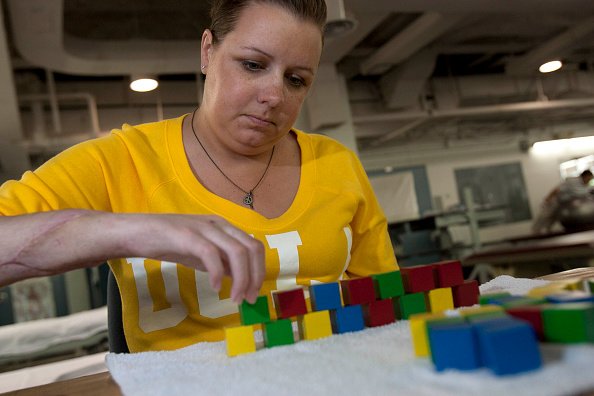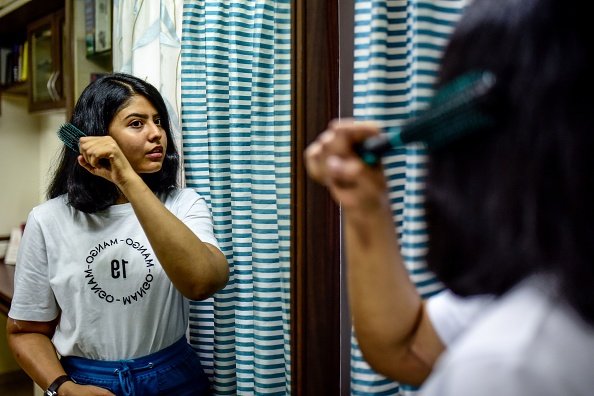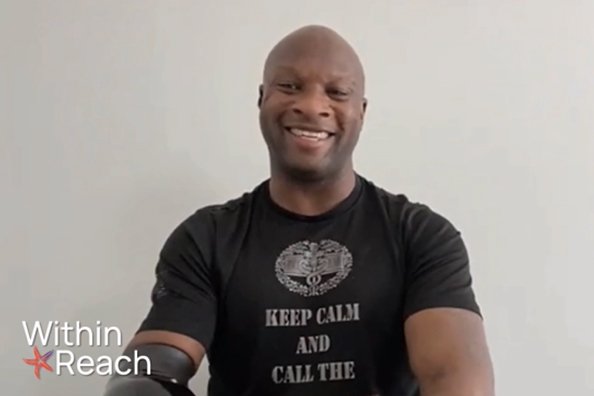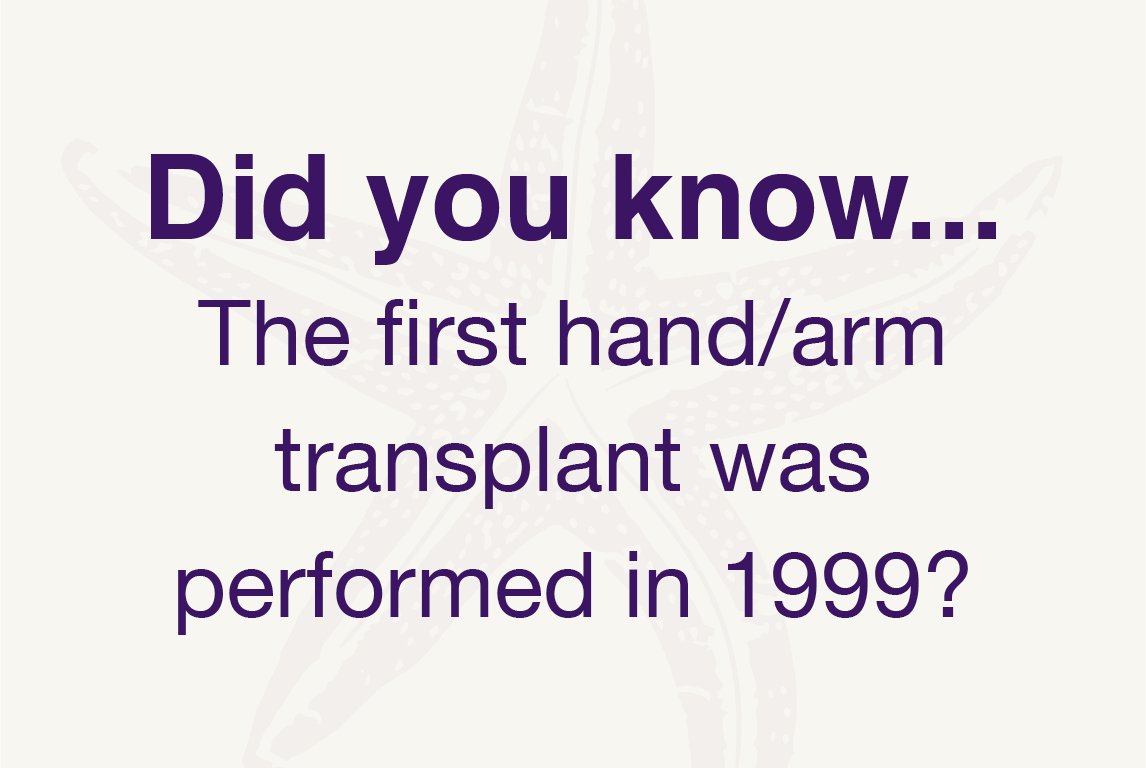This educational website was developed for all people with upper limb amputations based on a collaboration between Northwestern University, Johns Hopkins University, and Walter Reed National Military Medical Center, funded by the US Department of Defense.

Purpose
The purpose of this website is to educate people about hand/arm transplantation. We recognize that the experience of amputation can be traumatic and life-changing, and many seek information about treatment options.
The information here is intended to help people with hand or upper limb amputations make informed treatment decisions. You will find comprehensive information, including what hand/arm transplantation is, who may be eligible, and the potential benefits and risks.
This website is designed to be neutral (neither in favor of, nor against, hand/arm transplantation) so that patients, families, and healthcare providers can make informed treatment decisions. People with limb loss, hand/arm transplant candidates and recipients, as well as the clinicians who treat them gave input that helped develop this website content.

Learn more about your treatment options
Choosing Hand/Arm Transplant
Choosing an Alternative
Decision Making
What is Hand/Arm Transplantation?
A hand/arm transplant means that the hand and/or upper limb from a deceased donor is surgically attached to a recipient.
Learn more about the purpose, history, outcomes, benefits, and risks about hand/arm transplantation
Brendan Marrocco received a double arm transplant after losing his limbs in Iraq.
(HRSA Division of Transplantation)

How Does the Process Work?
Learn about the voluntary decision of hand/arm transplantation, who’s eligible, the evaluation process, and what the surgery is like.

What Are the Alternatives?
Learn about the different alternative options including: Cosmetic Prostheses, Body-Powered Prostheses, Electric Prostheses, Myoelectric Prostheses, Switch And Pressure Sensors, LUKE Arm, No Prosthesis.








